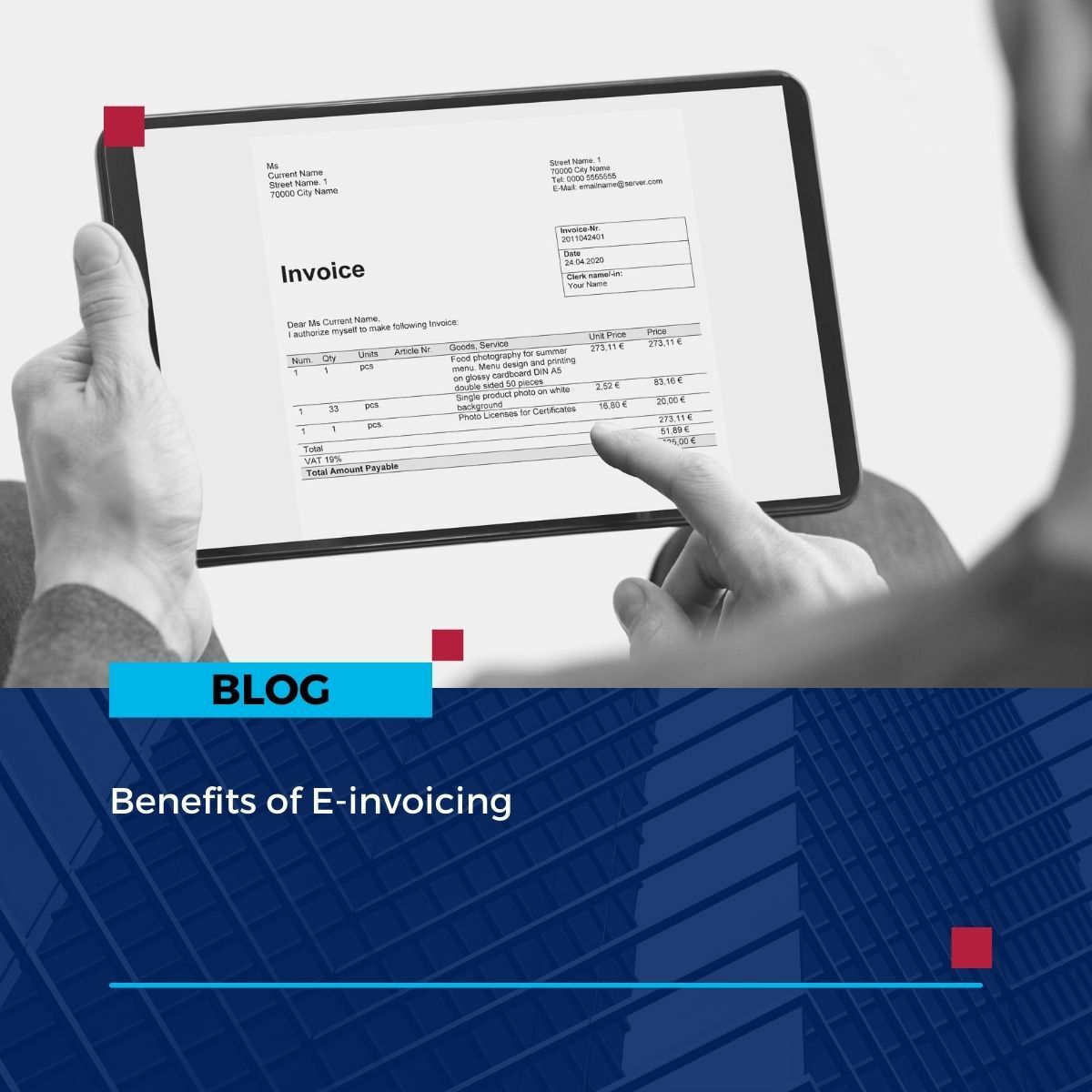Managing projects in a remote team
We’re living in a world where remote and hybrid working are now the norm.
Driven by lockdowns and the pandemic, businesses have been forced to adopt a ‘working from home’ approach. And this ability to work remotely has driven productivity and efficiency for some companies but can create its own challenges.
Designing your workflows for remote working
When a whole team, or even a percentage of a team, are no longer sitting in the same office space, there are some very specific considerations to bear in mind. How do they access the systems they need? Where is all the company and customer data stored? How can people collaborate? What’s the best way to communicate?
If you’re going to make it easy to manage a project with a remote or hybrid team, you absolutely need to think through these questions and come up with some practical answers.
For example:
Video-based meetings and project kick-offs
The obvious problem of not being in the same room is that the project team can’t see or hear each other.
And over the course of the pandemic, we’ve seen video meetings and platforms like Zoom and Microsoft Teams come into their own. Having your kick-off meeting and regular team catch-ups via video calls helps everyone to feel involved, and helps to create more of a ‘team spirit’ between a group of people who may be hundreds, or even thousands, of miles apart.
Capturing actions and briefs
During meetings, you need good ways of taking down notes, capturing actions or summarising what’s been discussed with the client or the team. Using a cloud-based document system, like Microsoft 365, Google Docs or Evernote allows you to capture these ideas as rough notes. Or you could use an AI transcription tool, like Otter.ai, to transcribe the audio from the meeting as it happens and provide you with a full written breakdown of the call.
Job management and tracking tools
Once the project is underway, it’s important to monitor progress, record which tasks have been completed and stay in control of a disparate group of people all working in different places.
There are many project management tools for tracking the progress of a project and keeping everyone on top of things. When these tools are cloud-based, everyone has access 24/7 from any internet-enabled location, so that makes it far easier for everyone to be kept in the loop – and for people managers to see how each person is tracking.
We specialise in this space to support the implementation of these tools, so talk to us about your options.
Collaborating together as a team
Working together from a distance is another hurdle for a dispersed team to overcome. But with cloud-based collaboration tools, like Monday, Slack or Teams, you can quickly create an online space for the team to share documents, have online chats, upload different document versions and generally boost the collaborative process.
The easier you make it to communicate and share files/info, the fewer challenges you’ll face as the project develops.
Integrating project finances with your accounts
Whatever the project, there are going to be certain costs, expenses and budgetary considerations to cope with. And staying in control of that with a team of remote workers can be a challenge – both for the project manager and the company’s finance team.
The answer is to use a project management tool that integrates with your main cloud accounting software. Many of the top project management and invoicing solutions can connect directly to platforms such as Xero, QuickBooks, MYOB or Sage.
Apps like DiviPay or Pleo also provide ways to manage your remote team expenses when employees are making ad hoc payments, racking up project expenses or have control over their own budgets etc.
Again, we specialise in this space to support the implementation of these tools, so talk to us about your options.
As the benefits and flexibility of remote working become more widely felt, we’re likely to see even more projects being run remotely – with employees no longer clustered in the same office 5 days per week. So, if you want to keep your competitive advantage, you need to be ready.









